Affiliate links on Android Authority may earn us a commission. Learn more.
Your complete guide to Apple Health, Apple Fitness, and Apple Fitness Plus
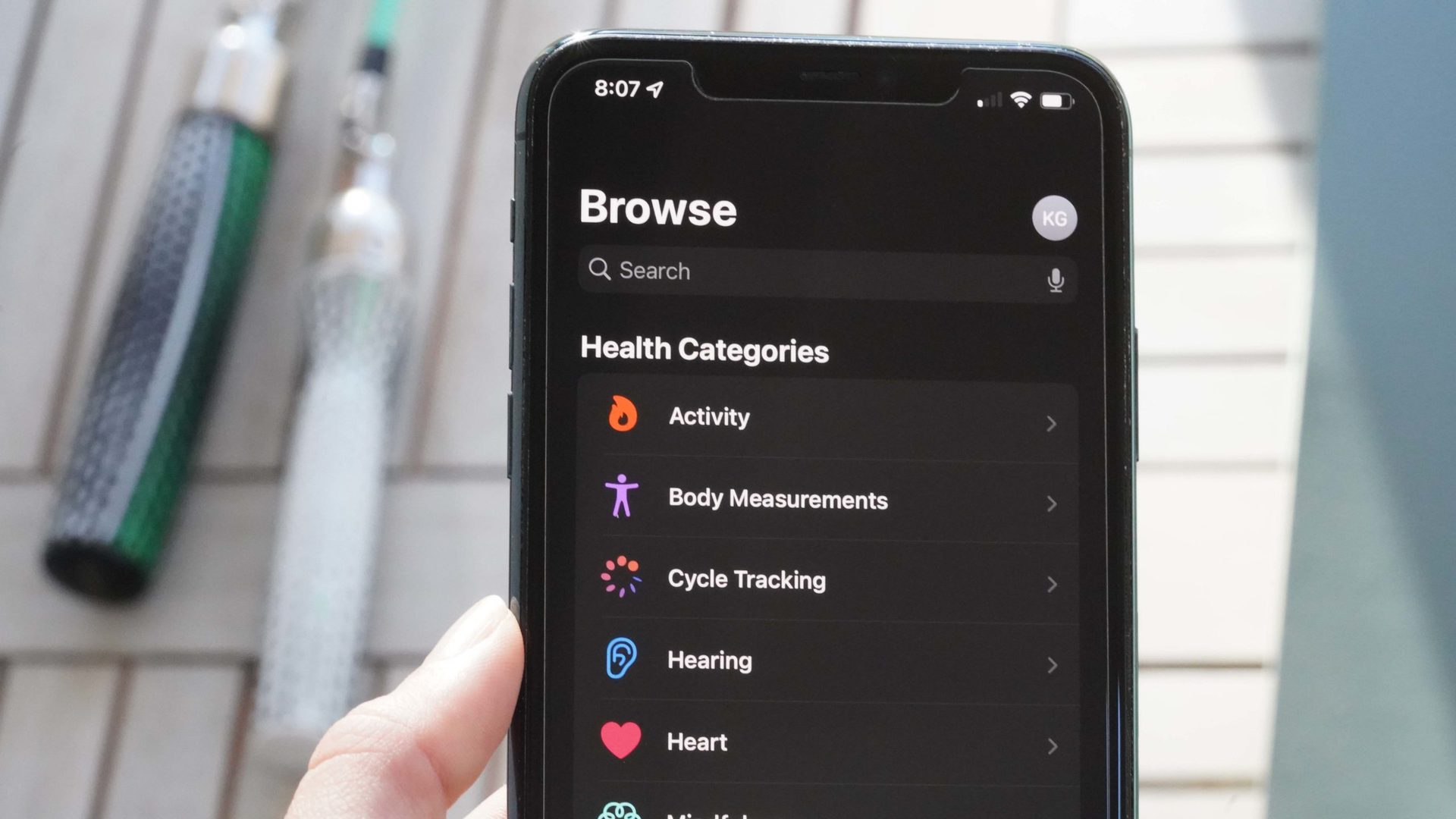
Apple offers a robust wellness platform for those inside its walled garden. With that said, getting started with Apple’s health and fitness tracking can be somewhat confusing. What is Apple Health, and how is it different from Apple Fitness? Do you need an Apple smartwatch to use Apple services? And just what is Apple Fitness Plus? To help you sort through Apple’s offerings, we break down each app’s basic use.
What is Apple Health?
We’ll start with Apple’s Health app, unhelpfully called Apple Health. The app made its debut on the iPhone in 2014 and it provides a central hub where users can collect and analyze data from a range of sources.
For example, imagine you owned three fitness trackers, a MyFitnessPal account, a Strava membership, and a HIIT timer you like to use for workouts. Perhaps you even meditate with Headspace from time to time. Meanwhile, your iPhone is tracking basic things like steps. All of your devices and subscription services collect data, some of which overlap. That’s where Apple Health comes in. It syncs with the most popular health apps and stores all of your data in a single spot.
Apple’s nomenclature can be confusing for those new to the ecosystem. As mentioned, the Health app is a user-facing platform that displays all of your fitness information from various sources. HealthKit, meanwhile, is the underlying framework and set of APIs that allows developers to interact with relevant data. Using HealthKit, developers can make sure their information is displayed and access data from other apps — with permission, of course.
How to use the Apple Health app
Most users simply leave the Health app running in the background while using other tools. Once you’ve created a Health profile, you can sync your account with most health-tracking apps so they automatically share data.
Summary tab: This tab displays Favorites, Trends, and Highlights for at-a-glance info. Users select their own Favorites so the summary tab reflects the data they want to see most prominently. Trends and Highlights are curated for users based on machine learning algorithms. From the Summary tab, you can also tap on Show All Highlights or View Health Trends to see more info or tap Show All Health Data to access everything Apple Health has collected. The information listed depends on the devices and apps you use and whether they support Apple Health.
Browse tab: You can also explore specific categories by tapping on the Browse tab. Examples include activity, sleep tracking, heart rate, respiratory health, and more. Any of these expanded pages will also give you the option to see data sources. This allows users to see precisely where Apple Health is getting information.
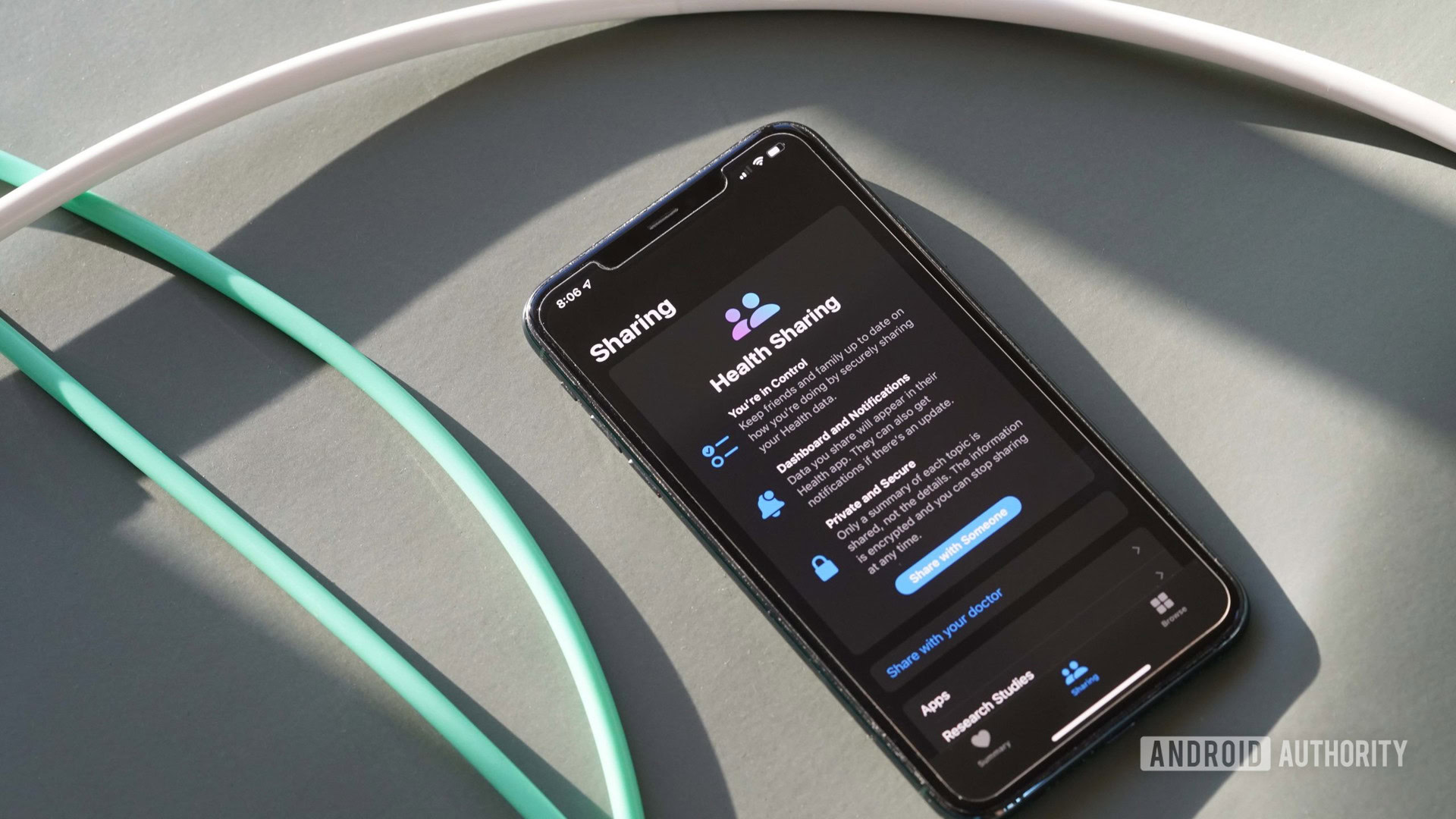
Sharing tab: Finally, under the Sharing tab, users can connect Apple Health to a personal health system. If your insurer or hospital is signed up for Health Records, you can access information about procedures, lab results, medications, and more. You can also share your own tracked data with a doctor, or with friends or family. This tab is also where users can sync more apps to Apple Health.
Because Health pulls from so many platforms, gadgets, and your phone itself, you can see data you won’t get elsewhere. This includes information relating to hearing (how is your audio exposure?), mindfulness (when did you last meditate with an app like Headspace?), and even handwashing.
What’s great about the Health app is the sheer breadth and depth of information it offers.
You can also opt to fill out more data about yourself by clicking the profile icon in the top right and choosing Health Details. You can add your Medical ID here as well. Both are useful in the event of a medical emergency.
The best apps to use with Apple Health
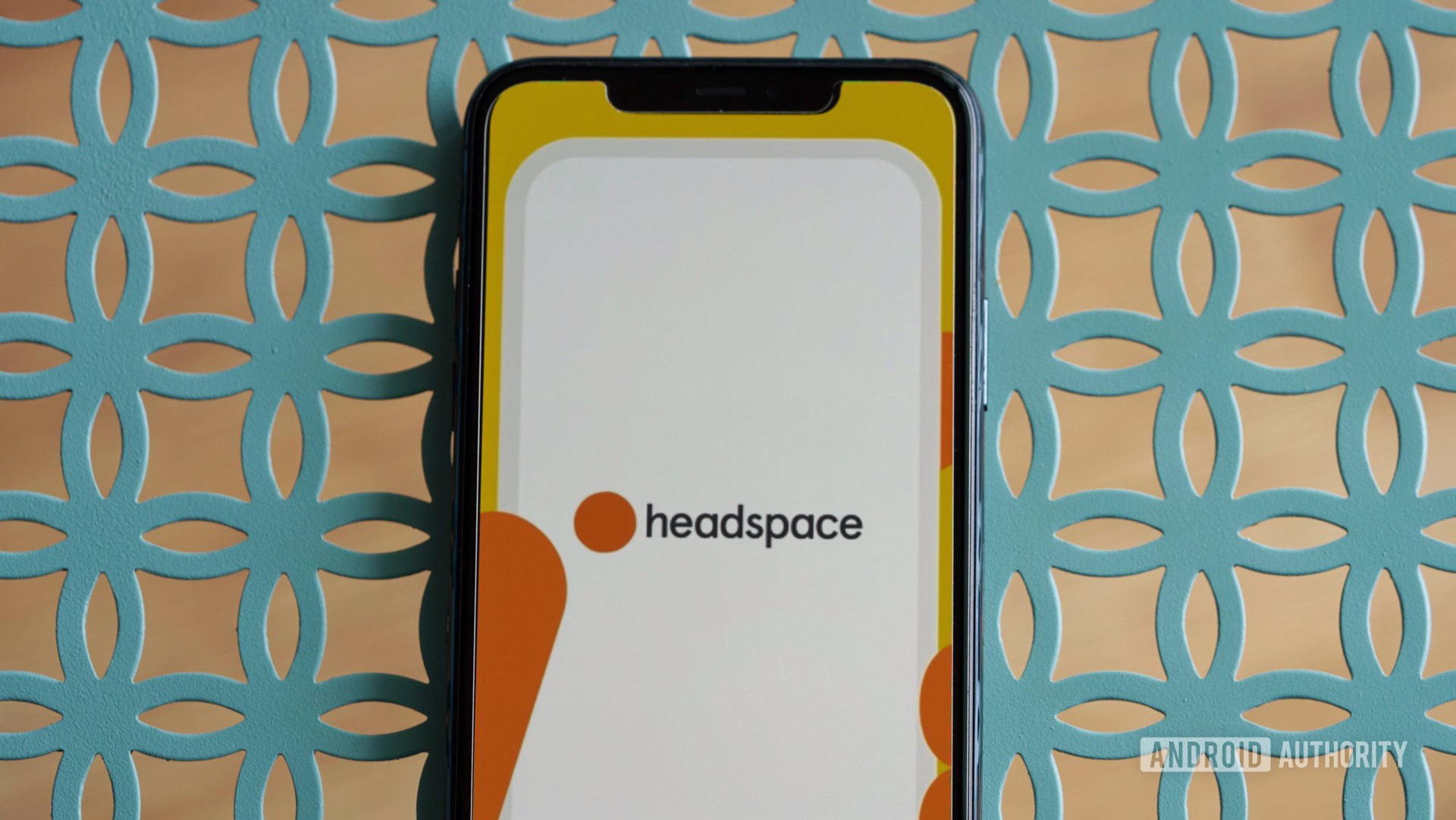
While many apps share data with Apple Health — far too many for us to list here — there are a few that work particularly well. Here are some of our recommendations:
- WaterMinder: This app tracks water intake and provides reminders to keep drinking enough. Dehydration is both common and very damaging for a lot of people.
- Headspace: A well-known app that provides guided mindfulness meditations, Headspace is a great supplement to Apple’s content.
- MyFitnessPal: MyFitnessPal is perhaps the best-known and most widely used calorie-tracking app. It’s great for those trying to lose weight.
- Endel: Endel creates personalized soundscapes to improve focus or help you relax. It uses heart rate data from the Apple Watch to adapt to your biometrics. It’s a bit expensive for what it is, but it’s cool.
- Strava: One of the most popular social fitness-tracking platforms for runners and cyclists, Strava allows users to record and find popular routes and compete with other athletes worldwide.
- Peloton: If spin is your thing, the Apple Watch will track your heart rate and allow Peloton to calculate your endurance score.
If you’re wondering which fitness trackers support Apple Health, the answer is pretty much all of them. If you’re investing in a new device and are a fan of the Health app, you may want to double-check. However, it’s a safe bet that it probably syncs to Apple Health if the product has been around for a few months.
What is Apple Fitness?
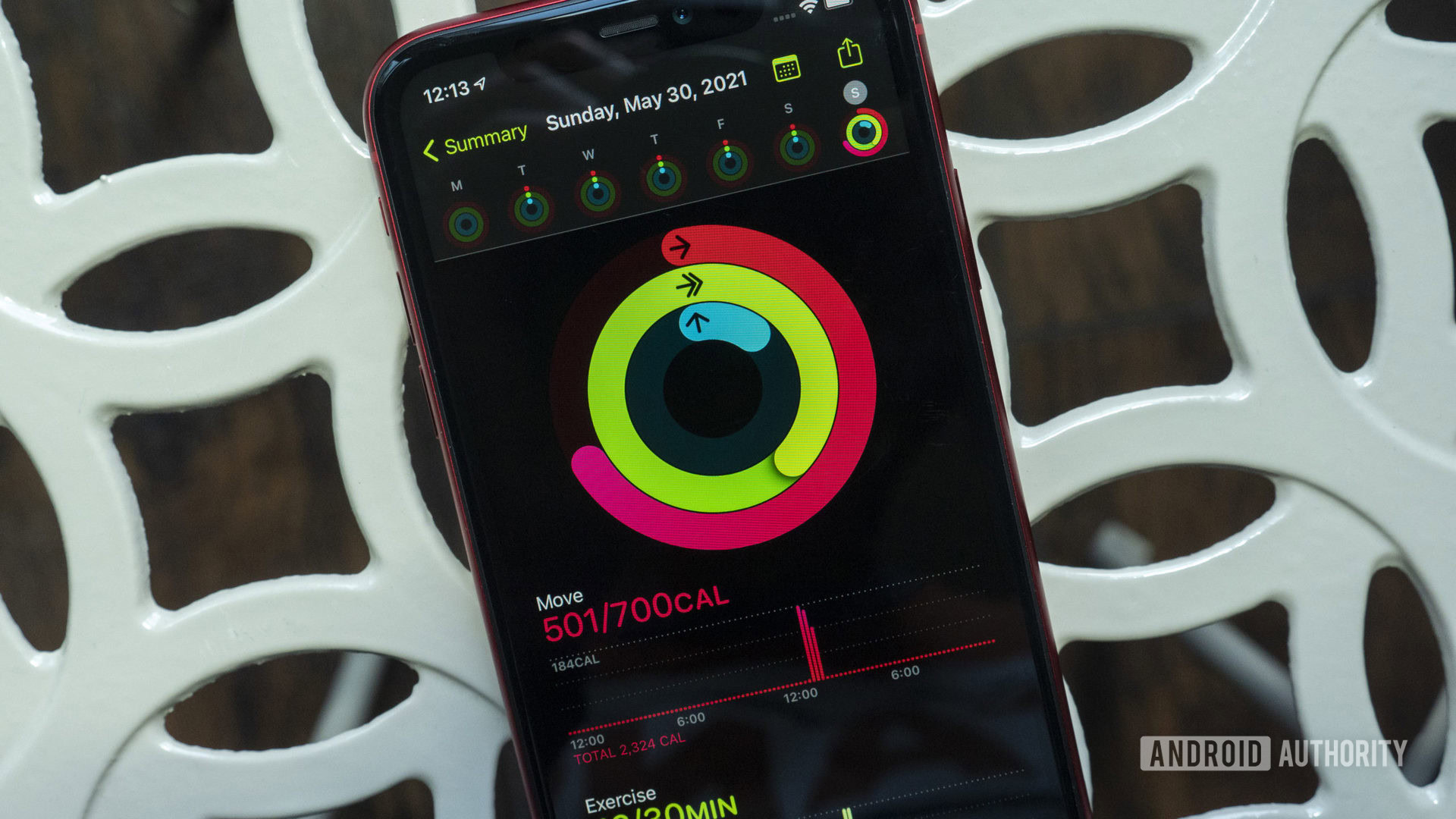
Apple Fitness is Apple’s exercise-tracking app for the Apple Watch. On the app’s Summary page, you’ll find Apple’s famous rings, alongside workouts, mindfulness practices, trends, and awards. The simple, streamlined, app revolves around three main goals; standing, exercise, and movement. Apple illustrates these goals with colorful rings that gradually close throughout the day as you get closer to your targets.
Apple’s three rings represent the following:
- Stand: Users can close the blue stand ring by moving for at least one minute during 12 daytime hours.
- Exercise: 30 minutes of activity, at or above a brisk walking pace, closes a user’s exercise ring.
- Move: The red move ring represents users’ personal goal for active calories burned.
Each time you close a ring, you’ll be rewarded with a little celebration on your wrist. You can also review how you did on all three scores over the previous week. While the Apple Watch also measures things like heart rate, additional metrics are not displayed in this app. Apple Fitness keeps things simple, which may or may not be to your taste.
At the bottom of the summary page, you will also find an awards section. Tap Show More to see the awards you’ve earned, plus others you can aim to achieve. These awards incentivize users to hit specific daily, weekly, and monthly goals.
What is Apple Fitness Plus?
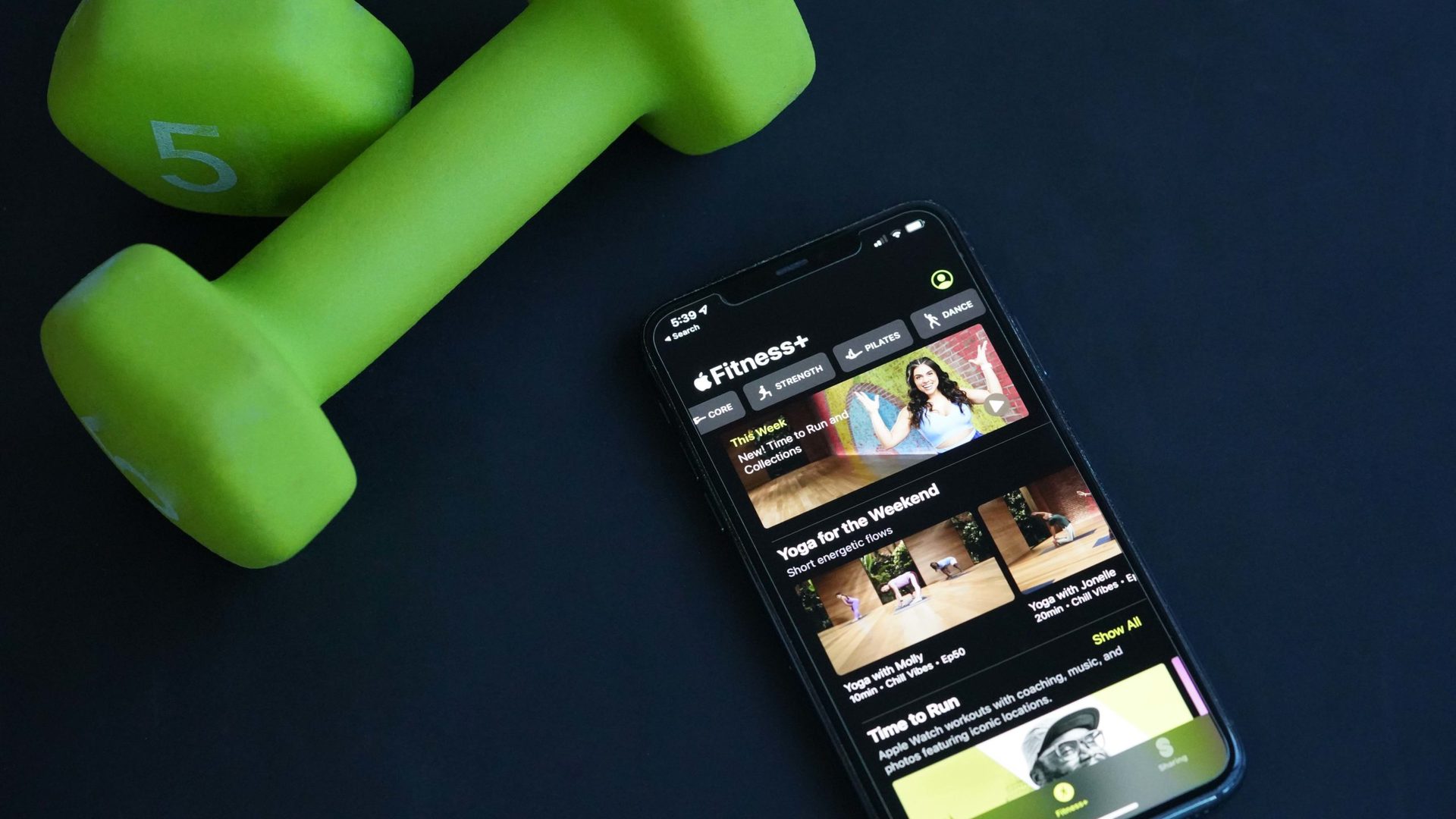
Apple Fitness Plus (aka Apple Fitness+) is another offering from Apple with a highly generic name. Apple Fitness Plus is quite different, however. Rather than tracking data, Fitness Plus offers a catalog of guided workout videos for $9.99 per month.
When the service originally launched, users needed an Apple Watch to use Apple Fitness Plus. That is no longer the case as now anyone with an iPhone can sign up. You can find the service listed in the App Store or via an Apple TV. Users can also access Apple Fitness Plus by tapping the Fitness+ tab in the Fitness app. We reviewed the subscription service over the course of one week to see what benefits the added fee really offers. Find out what features impressed us most in our Apple Fitness Plus review.
Apple’s health suite vs other fitness tracking platforms
Apple’s biggest selling point regarding health and fitness tracking is its versatility and support for third-party apps. Out of the box, the Apple Watch is a fairly basic fitness tracker (albeit nicely made and with on-point accuracy). By choosing from a huge range of third-party apps, Apple Watch users can capitalize on the device’s potential and hone in on the details they care about most. The Apple health suite makes that process seamless.

Apple Health’s biggest competition is Google Fit. Like Apple Health, Google Fit’s main purpose is to collect and store data from various apps and platforms. It also combines this data to provide Move Minutes and Heart Points. These scores, created based on information from the American Heart Association, essentially represent activity and exercise.
While your choice of platform will likely be dictated by your operating system (Health is only beneficial for iOS users), there are plenty of differences worth considering between Google Fit and Apple Health.
On balance, Apple Health offers a more comprehensive list of metrics and provides more detailed trends and progress. For example, Apple Health supports data relating to diet, alcohol level, blood glucose, and more. However, with Move Minutes and Heart Points, Google Fit functions as more of a fitness platform in its own right. It is also possible to integrate Google Fit data with Apple Health.
So, that’s your basic guide to Apple Health, Apple Fitness, and Apple Fitness Plus. It’s a powerful toolset that empowers iOS users to do more with health and fitness data. But what do you make of the platform? Do you use Apple Health or Google Fit? Let us know.